Photo credits: Warren K. Leffler/ Library of Congress U.S. News & World Report Magazine Photograph Collection
On April 20, 1971, the United States Supreme Court upheld the use of busing to achieve racial desegregation in schools.
In 1954, in the case of Brown v. Board of Education, the Supreme Court ruled that racial segregation of schools was unconstitutional. However, many neighborhood schools remained segregated due to the demographics of a city or town; children who lived in predominantly black neighborhoods still did not go to the same schools as white children, and vice versa.
In the Charlotte-Mecklenburg school system in North Carolina, 14,000 of the 24,000 black students in the 1968-69 school year had attended schools that were at least 99 percent black. The National Association for the Advancement of Colored People challenged the Charlotte-Mecklenburg board in the mid-1960s and won the case in 1969, when Judge James B. McMillan ruled that the school district must use busing to achieve racial diversity in its schools.
Judge McMillan ordered the district to adopt a plan created by Dr. John Finger that called for the busing of black students from Charlotte to suburban schools in Mecklenburg, as well as the busing of white suburban students to city schools. Many white parents were outraged by the plan, and the school district declared that it was too burdensome to implement. Judge McMillan became a pariah in the area; some busing opponents even sent him death threats and burned him in effigy.
After an appeals court ruled against the plan for busing younger students, the case reached the Supreme Court. In a 9-0 decision, with the opinion written by Chief Justice Warren Burger, the court upheld the use of busing as a “remedial technique” for achieving desegregation.
The New York Times explained the court ruling: “It is not enough for school officials to draw school attendance lines that appear to be racially neutral. Officials must foster integration by such affirmative measures as gerrymandering school boundaries to include both races, pairing ‘white’ and ‘Negro’ schools, and drawing school zones that combine noncontiguous areas in racially diverse neighborhoods.”
The Times also said that the decision “did not apply to Northern-style segregation, based on neighborhood patterns.” According to the court, this “de facto” segregation in the North differed from the segregation in the South, which had been created by discriminatory policies implemented by the school system. For example, the court noted that many school districts closed schools that would naturally have a racial balance and built new schools in the center of predominantly white or black neighborhoods.
Two years after the Swann decision, the Supreme Court made a second ruling that restricted the use of busing. In Milliken v. Bradley, which involved the Detroit school system, the court ruled that students could only be bused across district lines if there was evidence that multiple districts had implemented deliberately discriminatory policies.
Many cities implemented busing programs in the 1970s and ’80s, often meeting resistance among white parents. The most prominent example was in Massachusetts, where a 1974 court decision to integrate the schools of predominantly black Roxbury and the working-class Irish neighborhood of South Boston led to violent protests in South Boston (The New York Times).
Reference: The Learning Network (2012, April 20) April 20, 1971 | Supreme Court Rules That Busing Can Be Used to Integrate Schools. Retrieved from https://learning.blogs.nytimes.com/2012/04/20/april-20-1971-supreme-court-rules-that-busing-can-be-used-to-integrate-schools/





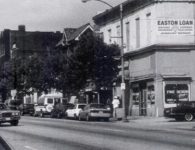



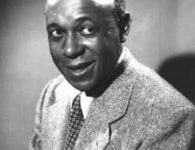

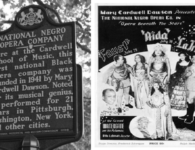

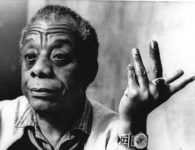


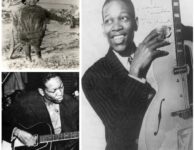


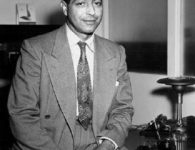

No comments